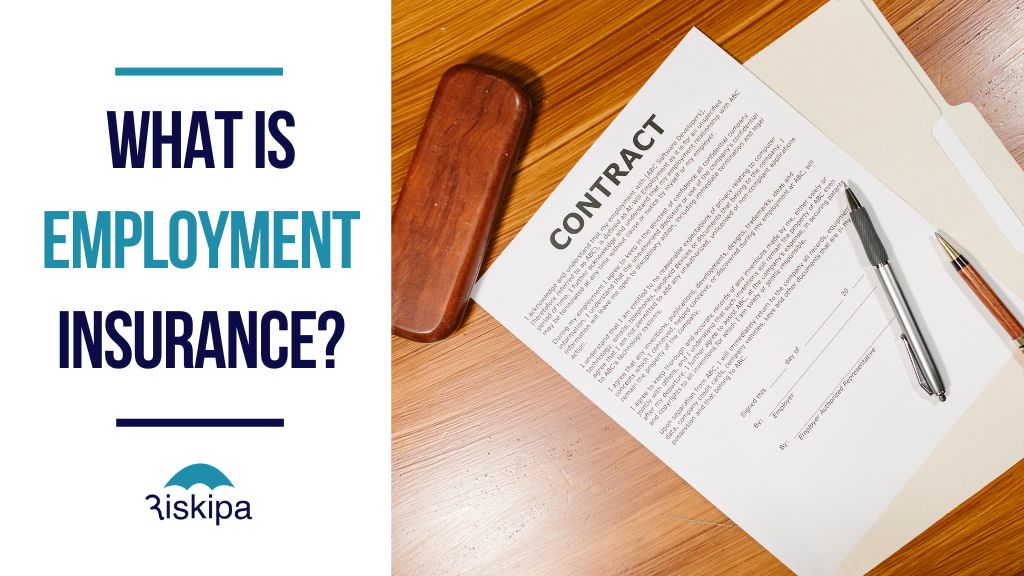
Understanding the ins and outs of employment insurance is crucial for both employees and employers alike. Employment Insurance (EI) is an essential program designed by the government to help individuals during periods of unemployment, parental or maternity leave, and illness. Whether you are a worker in need of financial aid or an employer following the requirements, this post will serve as a priceless guide to help you comprehend the intricacies of this policy.
What is Employment Insurance?
Employment Insurance (EI) is like a financial assistance program for Canadians who find themselves in a situation where they are unable to work and earn an income. In other words, it offers temporary financial aid to individuals who have lost their jobs, are unable to work due to illness, or are on leave.
Essence of Employment Insurance
The main purpose of EI is to render income support for individuals during periods of unemployment or other specified situations. Its objective is to help Canadians meet their basic needs and uphold a determinate standard of living. While they look for new employment or deal with other life situations.
Moreover, aside from providing financial assistance, EI also offers numerous support programs and resources to assist individuals in getting new job opportunities, achieving new skills, and bouncing back into the workforce.
Read Also: What is Title Insurance?
Who Are Qualified for EI?
To be eligible for Employment Insurance advantages, you must meet some specific requirements. Generally, you need to have accrued enough coverable hours of work during your working years. And importantly mustn’t have lost your job through a fault of your own. Also, you need to be actively in search of a new job and be ready and willing to work.
There are other eligibility criteria for certain situations, such as illness, and maternity/parental leave, among others. Additionally, the government of Canada’s website gives comprehensive information on the specific demands for each kind of benefit.
Types of Employment Situations Coverage
EI covers a broad range of employment situations, including full-time, part-time, seasonal, and contract work. However, not all forms of employment are covered. For instance, self-employed individuals and some employees in certain sectors may not be qualified for EI benefits.
Furthermore, it is essential to enlighten yourself with the actual coverage rules and regulations to know if your employment situation qualifies for this Insurance.
Exclusions and Limitations
While Employment Insurance offers great support, it does have certain restrictions and limitations. For instance, if you willingly quit your job without reason, you may not qualify for EI benefits.
Read Also: What is Gap Insurance?
There are also certain constraints on the period and value of benefits you can get, based on your situation. However, It’s crucial to have a full grasp of these limitations to manage your expectations and plan accordingly.
Conclusion
Ultimately, employment Insurance plays a significant role in offering financial aid and protection to individuals in times of need. By understanding the eligibility criteria, advantages, and elements associated with EI, individuals can get the assistance they need during unemployment or other events covered by the program.
Editor’s Recommendations:
 Colors
Colors 








